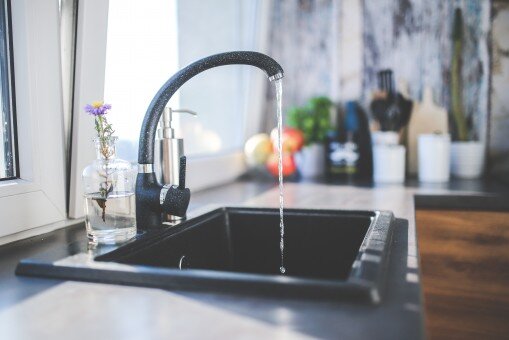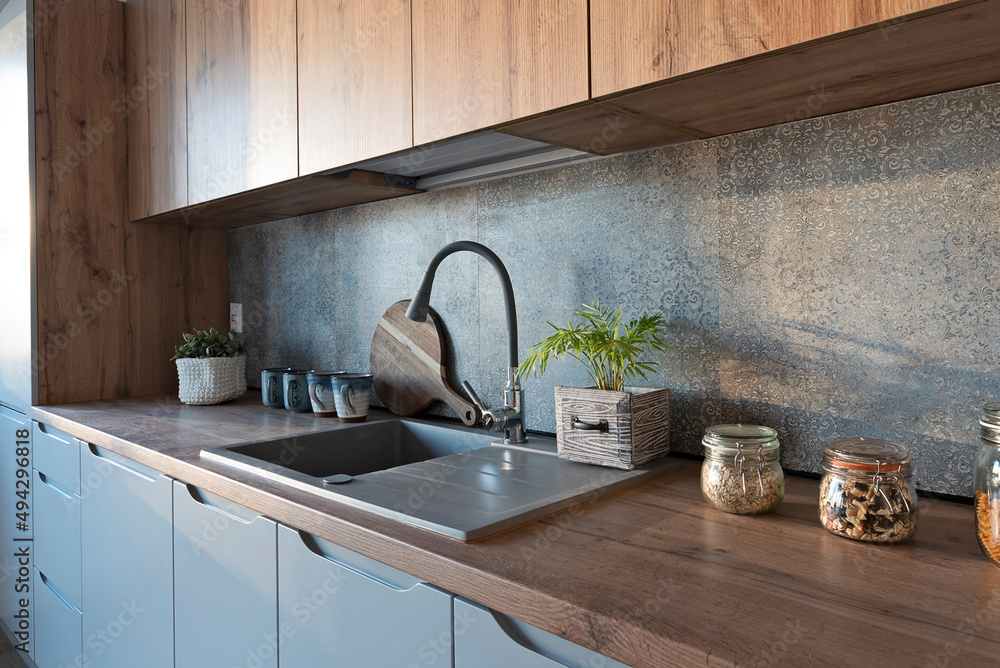Awaiting the Next Phase of Plumbing: Patterns and Advancements
Awaiting the Next Phase of Plumbing: Patterns and Advancements
Blog Article
What are your ideas on The Future of Plumbing: Trends and Innovations to Watch?

Intro
The pipes industry is undergoing a transformative phase driven by technological improvements and expanding concerns for sustainability and performance. This write-up explores emerging fads and innovations forming the future of pipes.
Smart Plumbing Equipments
Integrating clever technology right into pipes systems enables remote surveillance, leakage discovery, and automated upkeep. Smart sensing units and IoT (Net of Points) tools permit house owners and plumbing professionals to check water usage and find problems in real-time, causing much more efficient resource administration and positive maintenance.
Water Effectiveness Solutions
With boosting emphasis on water preservation, cutting-edge solutions are being developed to reduce water wastage in pipes systems. High-efficiency components, greywater recycling systems, and smart irrigation controllers are amongst the modern technologies helping customers lower their water footprint while preserving convenience and ease.
Sustainable Products
The shift in the direction of sustainability reaches pipes materials, with an expanding preference for green alternatives. Biodegradable piping products, such as PEX (cross-linked polyethylene) and HDPE (high-density polyethylene), deal longevity and resistance to corrosion without endangering ecological integrity.
Predictive Maintenance
Predictive upkeep techniques take advantage of information analytics and artificial intelligence formulas to expect and avoid plumbing issues before they take place. By analyzing historical information and performance metrics, anticipating maintenance formulas can recognize patterns and anomalies, making it possible for proactive interventions to avoid pricey repair work and disturbances.
Enhanced Fact in Plumbing
Increased Fact (AR) innovation is revolutionizing pipes by offering service technicians with real-time aesthetic assistance for fixing and repair service tasks. AR-enabled smart glasses or mobile applications overlay electronic details onto the physical atmosphere, assisting plumbing technicians picture pipe formats, recognize surprise leaks, and implement fixings with precision.
Influence of 3D Printing
The development of 3D printing has introduced new possibilities in manufacturing pipes components. From custom-made components to elaborate pipeline installations, 3D printing allows for quick prototyping and on-demand manufacturing, minimizing lead times and making it possible for greater modification in plumbing layout.
Health and Safety Qualities
In reaction to heightened problems for health and wellness, pipes components are including features such as antimicrobial surfaces, touchless operation, and self-cleaning systems. These developments not only boost hygiene however likewise promote user comfort and ease.
Hygiene-focused Fixtures
Touchless taps, self-sanitizing bathrooms, and antimicrobial surfaces are coming to be increasingly prevalent in residential and industrial settings, lessening the risk of bacterium transmission and advertising a cleaner, healthier atmosphere.
Water Quality Monitoring
Improvements in water quality surveillance modern technologies make it possible for property owners to monitor the pureness and safety of their water in real-time. Smart water quality sensors can discover contaminants, pH levels, and temperature variations, encouraging customers to take positive measures to guarantee water security.
Remote Plumbing Solutions
Remote diagnostics and online aid are transforming the method pipes solutions are supplied. With video conferencing and remote access innovations, plumbing professionals can repair problems, supply assistance for do it yourself fixings, and even perform remote evaluations, using greater availability and ease to house owners.
Obstacles and Opportunities
While pipes technologies hold enormous pledge, they also existing obstacles such as information personal privacy issues, governing compliance, and the demand for workforce training. Attending to these difficulties requires partnership between market stakeholders and regulatory bodies to guarantee risk-free and liable execution of brand-new technologies.
Regulative Landscape
Regulatory structures play a critical role in shaping the adoption of plumbing advancements, with standards and codes regulating every little thing from water effectiveness to product safety. As innovations remain to develop, regulatory bodies need to adjust to ensure customer protection and ecological stewardship.
Future Expectation
The future of plumbing is characterized by proceeded advancement and combination with various other industries such as IoT, renewable resource, and structure automation. By accepting sustainable techniques, leveraging arising innovations, and prioritizing user-centric style, the plumbing sector is positioned to attend to the developing demands of culture while reducing its environmental footprint.
Conclusion
To conclude, the future of plumbing is defined by a merging of innovation, sustainability, and user-centric style. By embracing clever remedies, lasting materials, and positive maintenance methods, the plumbing market can improve effectiveness, promote security, and contribute to a more lasting future.
Plumbing Industry Trends You Need To Know
Smart technology in plumbing
Homeowners want to be able to manage their homes from their phones. The technology exists to make that happen. From smart toilets to leak detector devices, the whole plumbing system can be managed on an interconnected network made up of sensors, IoT devices, and machine learning algorithms.
This allows for wireless control to turn appliances on and off, automate routines, and access advanced monitoring to track water usage and flag potential issues. Smart technology streamlines water consumption, maintenance and energy usage, creating a more efficient system.
Green plumbing
The data analysis possible with smart technology not only improves convenience and cost-effectiveness but also fulfills a high-priority customer desire – sustainability. Consumers are very aware of their impact on the planet and want plumbing solutions to reduce damage and support sustainability. Eco-friendly plumbing solutions are already starting to emerge.
Customers can opt for low-flow toilets, water-saving faucets, and connections to sustainable energy sources. Beyond monitoring water consumption, customers can conserve water through the installation of greywater systems. This is a system that collects water that has been used but is still clean enough for some household uses such as toilet flushing.
Shorter product pipeline
To keep up with modern plumbing, plumbers need modern tools that enable them to complete jobs more efficiently. One technology making strides in this area is 3D printing. By 3D printing key plumbing fixtures, plumbers can reduce wait times even for specialized fixtures. It minimizes delays often seen in traditional manufacturing that frustrate customers and prevent plumbers from taking on more work.
Off-site repairs
Augmented reality is making a splash in many industries including plumbing. Plumbers can map a building online so they can explore the plumbing system through augmented reality, identifying areas of maintenance and repair completely digitally. This technology can be applied quite widely in plumbers’ work including planning installations and training new recruits. It’s safer, smarter and more efficient.
Low-footprint materials
Another way for plumbing companies to reduce their environmental footprint and meet the customer demand for sustainability is by using recycled materials in their work. The products they source and manufacture such as pipes, fixtures and faucets can be made from recycled materials. This saves the planet while being just as effective.
Onsite water purification
Additionally, plumbing companies can be advocates of water conservation and ease the financial and environmental concerns of customers by offering water purification systems. New water purification technology such as reverse osmosis systems and UV systems make it possible for homeowners and business owners to thoroughly cleanse water, removing contaminants onsite. This means the water can be safely reused in more ways than greywater can be, establishing a water recycling loop.
Tankless water heaters
Another innovation of modern plumbing is tankless water heaters. The idea is that the water is heated on demand as it runs through the system instead of being heated in a water tank. This is more energy efficient and therefore cost-effective and eco-friendly because water isn’t heated needlessly.

As a fervent person who reads on Innovative Plumbing Trends Transforming Construction, I was thinking sharing that editorial was valuable. For those who enjoyed reading our blog entry if you please make sure you remember to share it. Thank you for being here. Revisit us soon.
Book Report this page